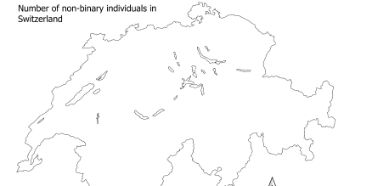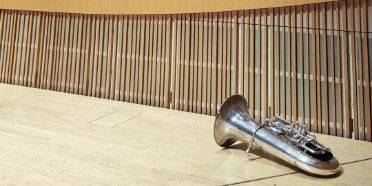- Freies Projekt
Forecasting or how to Estimate the Number of Fish in a Lake
In the framework of the Y-Institute's theme «Future», HKB students joined Saša Karalić's course «Forecasting». They got acquainted with the Swiss Federal Statistical Office and created related projects.
Steckbrief
- Student*in Daria Ryapolova, Damien Limat, Valentin Leuenberger, Zoé Marti, Cheng Hng Wong, Enzo Franzetti, Matteo Emanuele Vacca
- Studiengang
- Links
- Jahr 2024
Inspired by Paul Valéry’s famous words, «the future is not what it used to be», the Forecasting course at the Y-Institute departed from the idea that the future is not only something we anticipate but also something we create. Not only by using the power of imagination, as artists, writers, or philosophers do, but also through scientifically processed data that foresees our future needs. From weather and health to finances and sociopolitical convictions, data are combined and visualized in seemingly logical and overseeable compartments in order to give us a glimpse into the future. The main question in the Forecasting course is how this data, collected by companies and planning agencies, is forecasting an imminent future and to what extent it’s actually constructing it.
While researching this question, the Y-students were brought in contact with FSO, the Federal Statistical Office in Neuchâtel, where, during our visit to the main office, they got acquainted with the way statistics are produced and applied in everyday life. The projects that students subsequently came up with were informed by this, but were predominantly inspired by their preoccupations and concerns regarding the future.
Throughout semester, the projects were further developed through group discussions, guest lectures and working sessions, including a visit from FSO representatives who offered their views and advices. The artistic strategies and expression used in the process – from fine arts and design to sound and music – played an important role in the process of challenging the nonreflexive world of data. By initiating a closer exchange between art and society, the methodology of this course tried to activate the sociocultural aspects of our dealing with the «future». The selection of results produced in this process are presented here.





